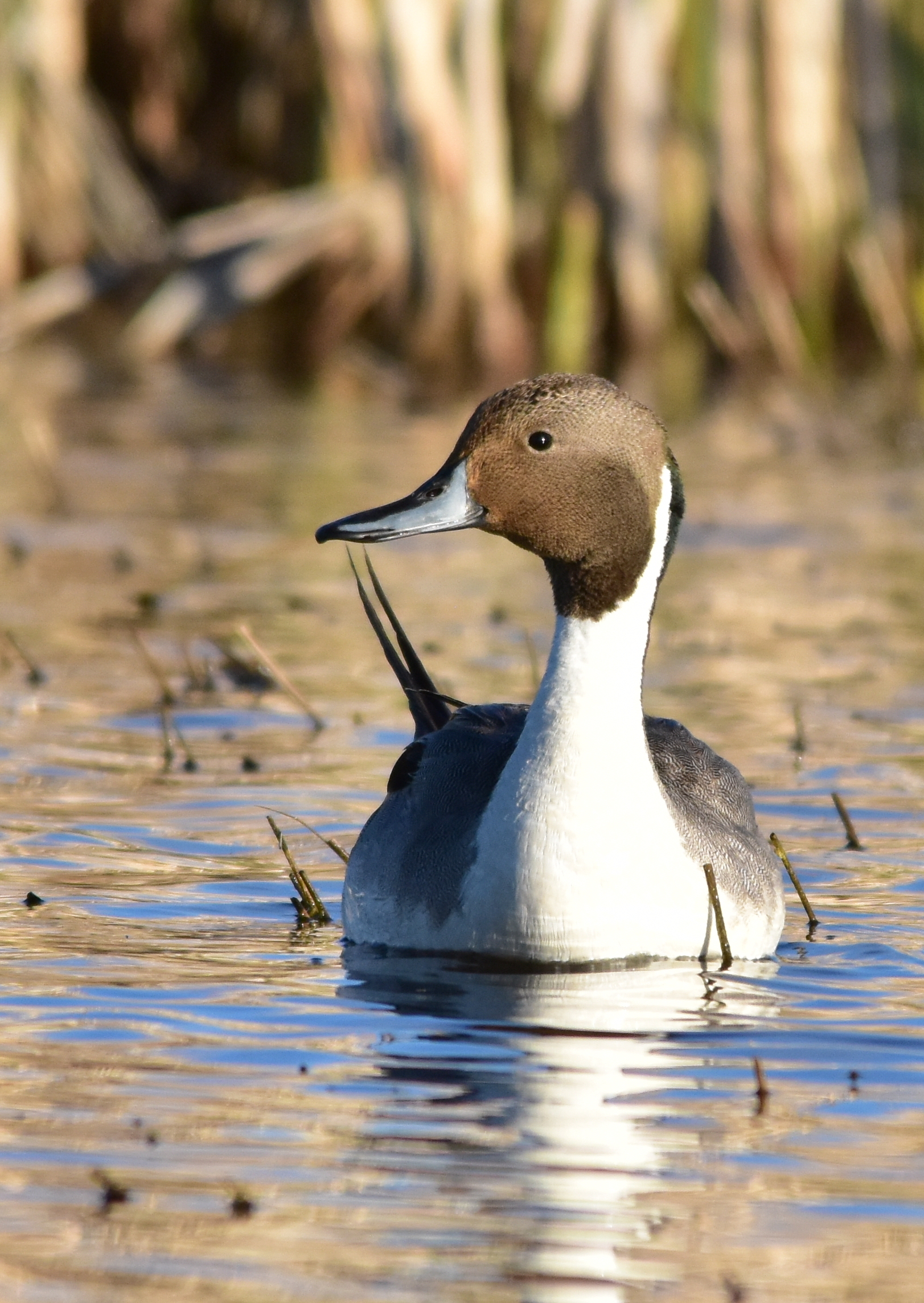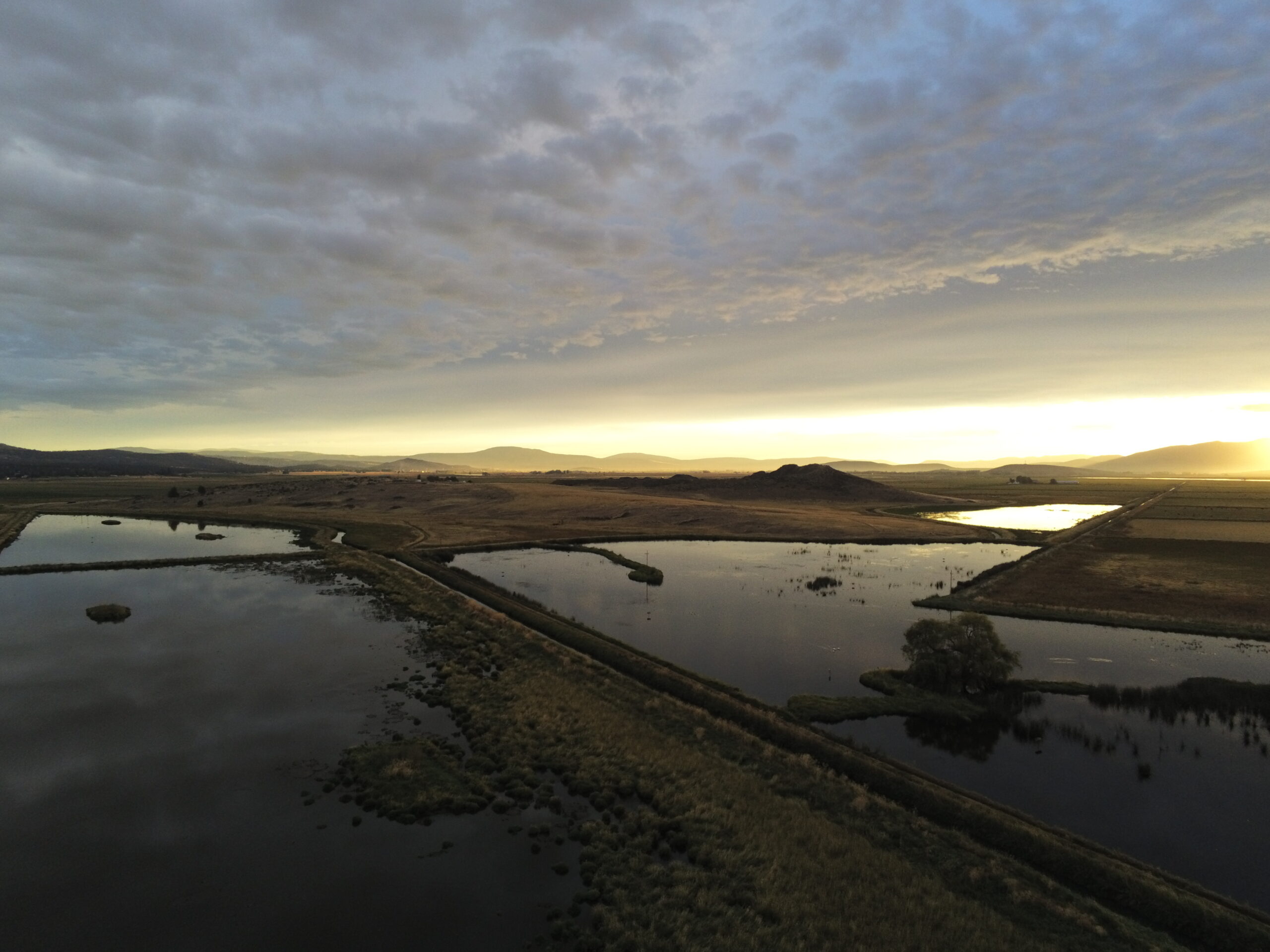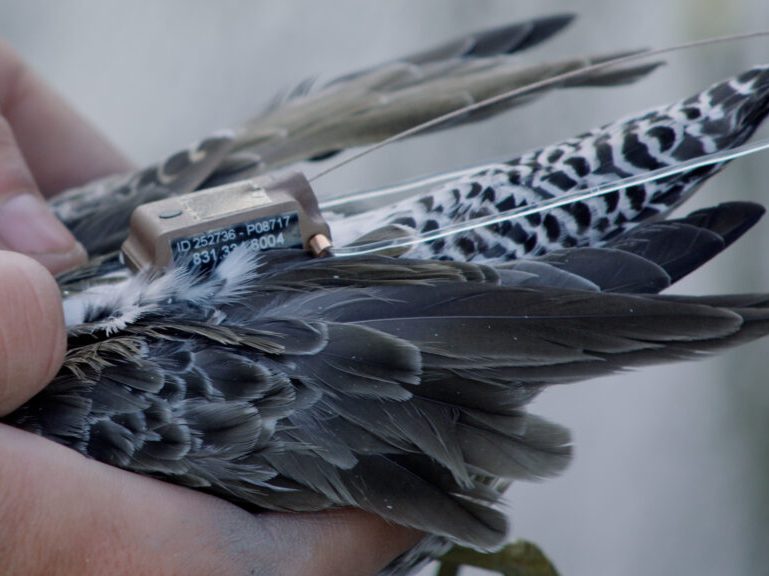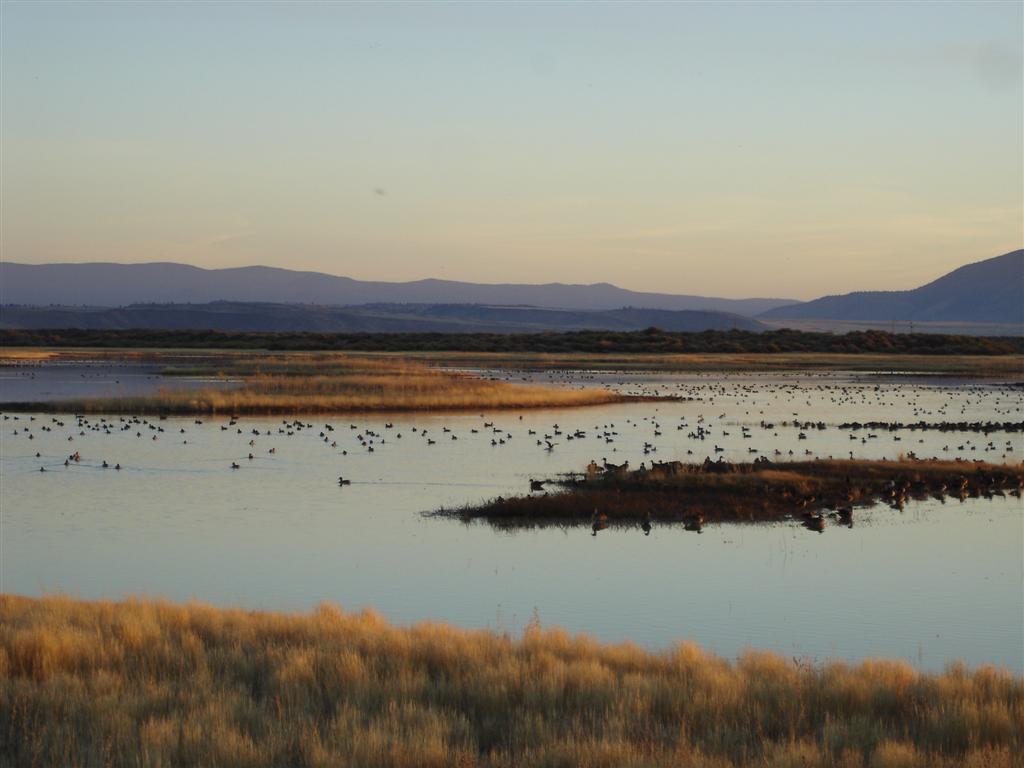-

·
Intermountain Insights: Wetland Loss in the Pacific Flyway
A study from the Intermountain West Joint Venture and partners, Functional wetland loss drives emerging risks to waterbird migration networks, identified trends of severe wetland drying in the Southern Oregon Northeastern California (SONEC) region and California’s Central Valley, two of the most significant sites for migratory waterbirds in the Pacific Flyway. The good news? Managers can…
-

·
Pacific Flyway Integrated Landscape Conservation
This report details the development of new science to support cross IWJV and Central Valley Joint Venture conservation planning and implementation. Work will identify emerging ecological bottlenecks by examining long term effects of climate change and land use practices influencing patterns of wetland resiliency and waterbird habitat availability supporting populations in the Pacific Flyway. This science project…







